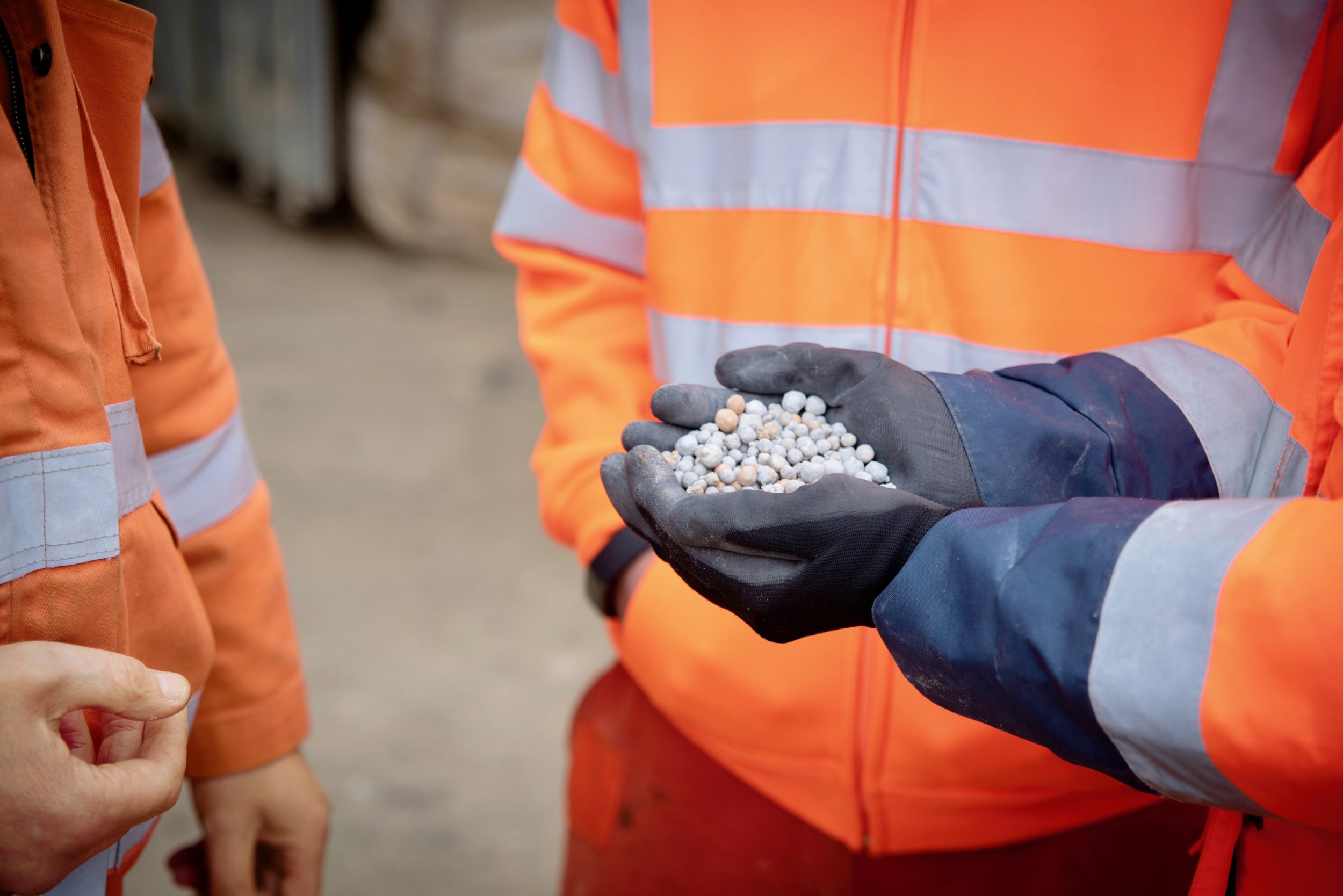Talking Permanent CO₂ Storage
Interview with Dr Paula Carey
The need to decarbonise heavy industry, accelerate the energy transition and shift towards a more circular economy is widely acknowledged. According to the International Energy Agency, for the world to reach NetZero by 2050, we need to permanently capture at least 5Gt of carbon every year through to 2050. But, what do we do with the captured carbon?
Co-founder and CTO, Dr Paula Carey (PC), explains how the permanent capture of carbon can be achieved and how Carbon8 can help heavy industry meet their climate goals.
1. What do we mean by ‘permanent’ CO₂ storage?
PC: Permanent storage is absolutely key because unless we safely and permanently store carbon underground or lock it in a product, it will re-enter the carbon cycle. When we speak about the need to store CO₂ permanently, we are talking about ensuring that the carbon is not re-emitted into the atmosphere. In order for us to remain below the 1.5C degree of warming, we do not only need to capture carbon, we also need to remove it from the equation altogether.
2. How can CO₂ be stored permanently?
PC: There are two ways to store CO₂ so that it is not re-emitted into the atmosphere. The first option is through geological storage, which is essentially pumping it underground for example in old oil fields. The second option is to lock it into a product that can be reused. In both cases, the only way to ensure permanence is by changing the chemistry of the CO₂ molecule and this is where the mineralisation process comes in.
3. What is mineralisation and why is it important?
PC: Mineralisation is a natural process that stores carbon in rock. It ‘locks’ it in as very stable carbonate so that the carbon can’t be released back into the atmosphere. In nature, the process occurs all around us; it is one of the most significant but under-appreciated elements of the carbon cycle. 52% of the world’s CO₂ is actually stored in carbonate rock formations. It helps nature to manage CO₂, and by learning from the world around us, we can solve some of our biggest global challenges.
4. How does CO₂ storage with mineralisation work?
PC: Mineralisation is one of the few routes to permanently store CO₂, as nature is showing us. So, the potential for it to help us address the need for permanent CO₂ storage is clear. However, the process of mineralisation and carbonation is extremely slow in nature.
Technology solutions are needed to manage this reaction and make it a viable solution. We invented a solution that can speed up the process. It manages, controls and accelerates the natural reaction to achieve permanent CO₂ utilisation – and, therefore, permanent CO₂ storage.
Our Accelerated Carbonation Technology (ACT) uses captured CO₂ and combines it with wastes to create new products for the construction industry. It enables circularity by giving residues produced by industrial sites a new life, whilst also permanently utilising a portion of their CO₂ in the process.
6. Where can Carbon8’s technology be deployed?
PC: The technology can manifest itself in a containerised form – termed the CO₂ntainer - a compact, mobile CCUS solution. It’s scalable, efficient and economical. As ACT is a natural process, the possibility to scale and have a major impact is immense. In addition, as it is an exothermic reaction, ACT requires minimal energy inputs, making it a sustainable and economically viable solution for widespread application.
Our technology can be deployed to heavy industry including cement, EfW, paper and pulp, steel and biomass. All of these industries produce wastes that can react with CO₂, and so we can help them decarbonise and move to a more circular operation.


